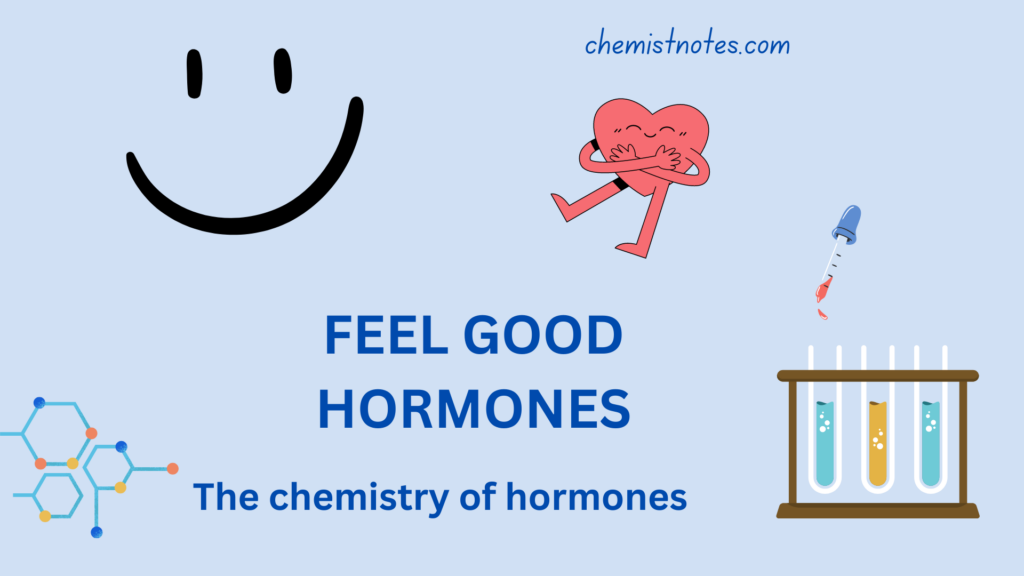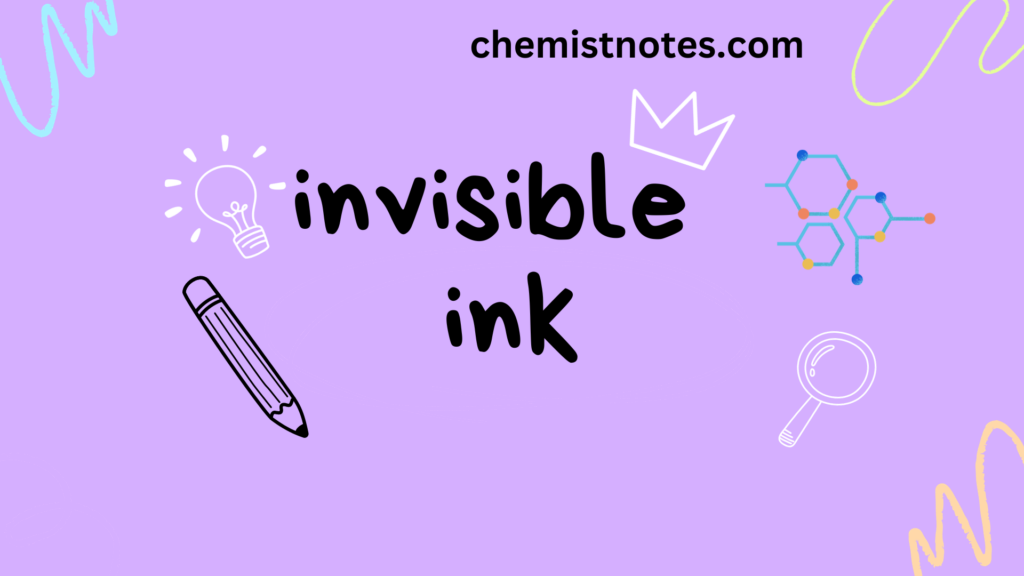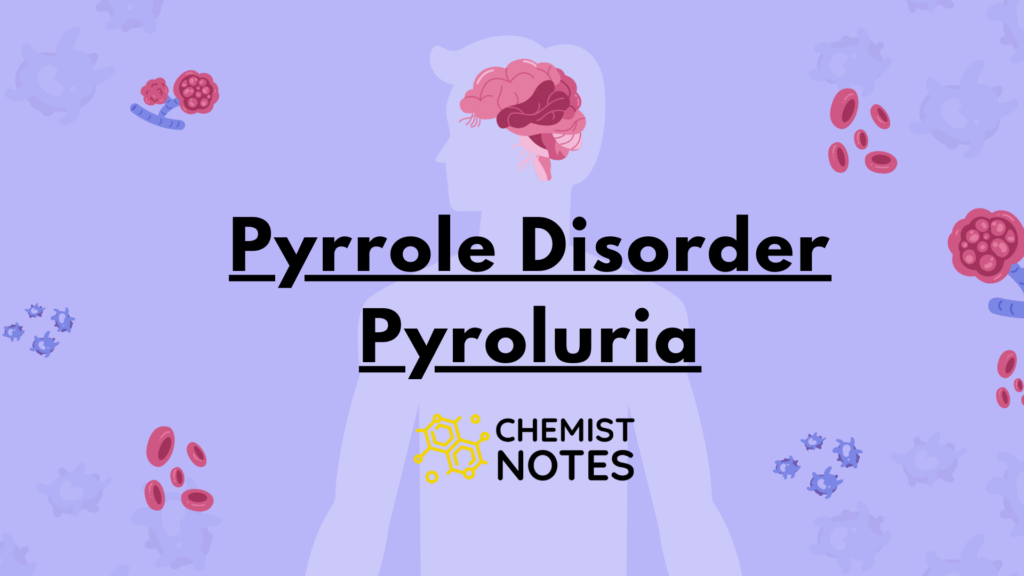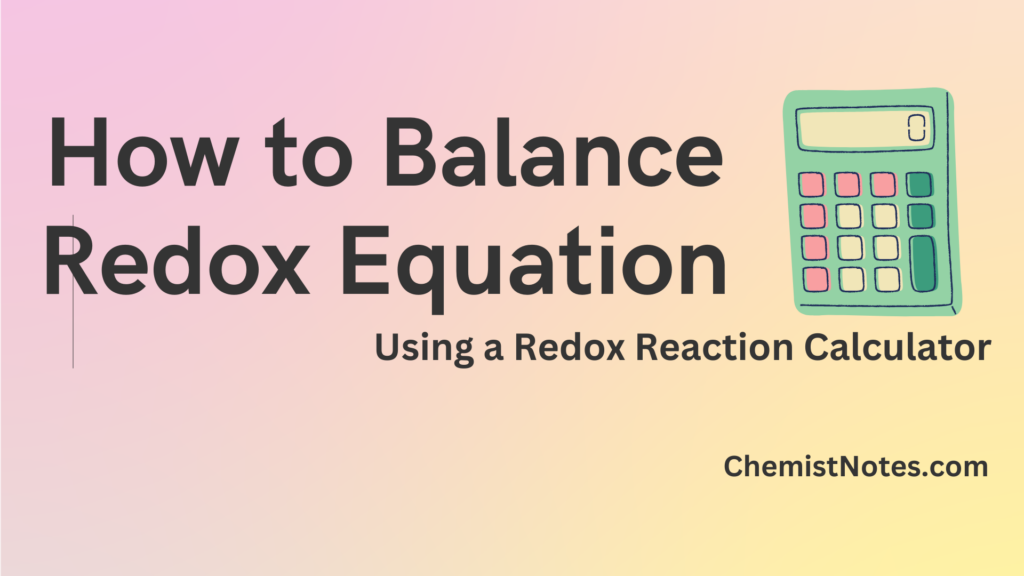Table of Contents
ToggleBanana peels, the outer covering of bananas though being discarded as waste, are very useful in terms of purification of water, food for animals, ingredients for gardening, cosmetics, cooking, household cleaning, and so on. Every time we peel a banana and discard the skin, we are throwing away delicious food that is packed with nutrients possessing numerous health benefits.

About 116 million tons of bananas are produced worldwide in 2019 and are obtained all year long. The annual production of banana peels is around 36 million tons, which has a negative influence on the environment and causes financial losses.
Can you eat banana peels?
Yes, banana peels are edible either in raw, cooked, or frozen form. The outer layer of the banana, or banana peel, is fed to animals as food. Since banana peel has historically been used as food and medicine in several parts of the world, it has the potential to be developed into functional food. A recent study has shown, that when banana peels are blanched, dried, and mixed into the flour, they can be transformed to create backed items that taste good.
Constituents in banana peels
The banana peel generally contains a high amount of potassium, phosphorous, iron, calcium, magnesium, etc along with various bioactive components like flavonoids, alkaloids, etc.
The free sugar content of banana peels can reach 30%, and between 200-850mg of polyphenols are present in banana peels. The organic nutritional content of banana peels, which includes lipids, protein, crude fibers, and carbs, is about 91.50%. with carbohydrates making up 59% of the entire mass and protein and lipids making up 0.9% and 1.7%, respectively. Likewise, fiber constitutes about 31.70% of the total mass.
Some of the major chemical constituents found in the peels of bananas are structurally illustrated below:

Banana peel benefits
Burns, anemia, diarrhea, ulcers, inflammation, diabetes, cough, snake bite, and heavy menstruation are just a few of the ailments for which peel has traditionally been used as a cure. Flavonoids, one of the major natural products found in the peels of bananas, are potential antimicrobial agents, and a powerful antioxidant that can reduce free radicals, thus curing various diseases. Due to the variety of bioactive components, it contains, it has demonstrated exceptional usage in a variety of food products, including meat, baked goods, and culinary goods.
The peel notably contains high quantities of vitamins B6 and B12, which may aid with depression and possibly reduce the risk of cancer, as per WebMD. According to Healthline, the high quantity of tryptophan, magnesium, and potassium in peel tea helps reduce bloating and acts as a natural sleep aid. Tryptophan turns serotonin as it breaks down which can improve your mood and improve sleep.
Polyphenols, carotenoids, and other antioxidants that protect against cancer-causing free radicals are abundant in banana peels. Banana peels include two different forms of prebiotics and resistant starch, which serve to increase the good bacteria while lowering the number of bad bacteria in the colon, according to Erinkenny.
Bananadine is a fascinating chemical that is a made-up psychoactive compound that is purportedly produced from banana peels. It also contains organic substances that can take up metal ions, such as cellulose. An electron-rich hydroxyl group will bind the positively charged metal ions. It is a useful adsorbent for the adsorption of heavy metals.
Moreover, banana peels flour can enrich bread by adding more protein, carbs, and fat when used up to 10% in place of wheat flour.
Besides these, some of the other uses of banana peels are listed below:
- Banana peels for plants: Since banana peels release nutrients into the soil to feed plants as they decay, it is of high important ingredients for the proper growth of healthy plants.
- Banana peel for skin: It’s been found to reduce wrinkles on the face, puffiness on the eyes, and acne scars.
- Banana peel fertilizer: The peels contain about 42% potassium (K), and hence are extensively used as a fertilizer.
- Banana peel bacon: The peels of bananas can be also used as food ingredients.
- Banana For teeth whitening: Rubbing banana peels on teeth causes whitening of it. It is due to the minerals found in peels and their white colors.
Because of this variety of advantages, banana peel can be considered a milestone for us.
Why the peel of a banana turns blackish within a short time?
The blackening of banana peel is due to the presence of an enzyme called polyphenol oxidase, which is oxygen dependent. This enzyme polymerizes the naturally occurring polyphenols present in peels.
Because of this variety of advantages, banana peel can be considered a milestone for us.
Published by: Pratiksha Chaudhary (Chemikshya)
Banana Peels Video
FAQs
Are banana peels edible?
yes, banana peels are edible.
Can chickens eat banana peels?
Yes, chickens eat banana peels and are highly benefited since it consists of a high percentage of potassium.
Can dogs eat banana peels?
Since banana peels consist of a high amount of fibers, dogs find them difficult to digest. It may even lead to intestinal blockage on digestion.
References
- Banana Peels: A Waste Treasure for Human Being. (n.d.). Retrieved August 15, 2022, from https://www.hindawi.com/journals/ecam/2022/7616452/
- Mohd Zaini, H., Roslan, J., Saallah, S., Munsu, E., Sulaiman, N. S., & Pindi, W. (2022). Banana peels as a bioactive ingredient and its potential application in the food industry. Journal of Functional Foods, 92, 105054. https://doi.org/10.1016/j.jff.2022.105054








